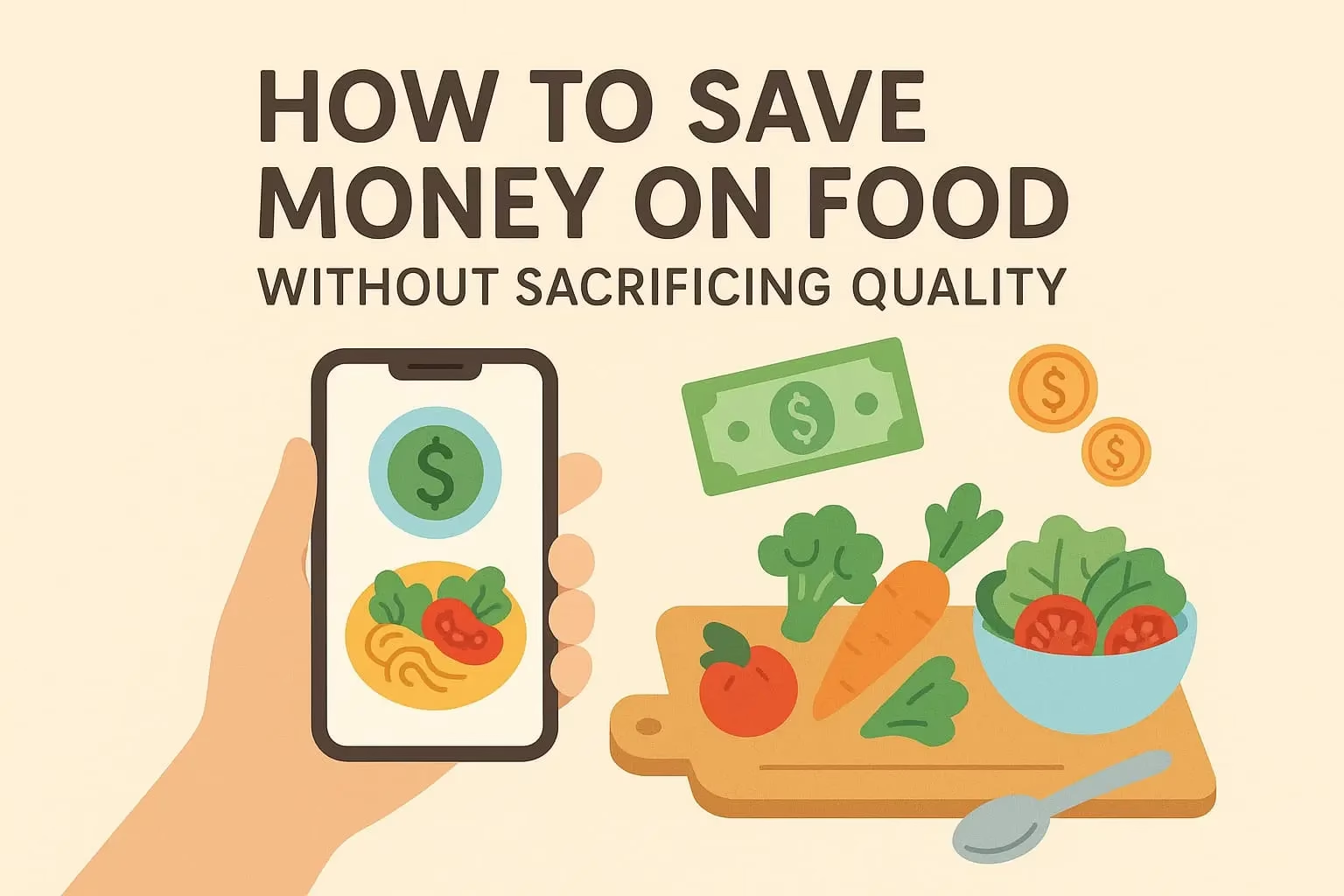Groceries are one of the biggest recurring expenses for most families—but they’re also one of the easiest areas to control. With just a few changes to your shopping habits, you can save hundreds of dollars each month without sacrificing nutrition or quality.
Here are proven, practical grocery shopping strategies for stay-at-home moms who want to spend less and stress less.
1. Always Shop With a Plan
Impulse shopping is the enemy of a tight budget. Start with:
- A weekly meal plan
- A detailed grocery list
- A quick pantry, fridge, and freezer check
Build your meals around what you already have and what’s on sale. This reduces waste and avoids duplicate purchases.
2. Shop Once a Week (or Less)
The more often you step into a store, the more likely you are to overspend. Instead:
- Do one big shopping trip per week
- Use lists to stay focused
- Avoid “quick trips” for one item (which usually turn into five)
Fewer trips = fewer temptations.
3. Use Unit Prices to Compare
Don’t assume the bigger pack is always cheaper. Look at the unit price (price per ounce, pound, etc.) on the shelf tag.
This helps you compare brands and sizes accurately, especially when buying bulk.
4. Buy Generic or Store Brands
In many cases, generic brands have the same ingredients and quality as name brands but cost 20–30% less.
Try store-brand:
- Pasta and rice
- Canned goods
- Baking products
- Dairy and snacks
If you don’t notice a difference in taste or quality, stick with the cheaper version.
5. Don’t Shop Hungry (Ever)
Shopping hungry makes everything look delicious—and urgent. Eat a light meal or snack before heading out to avoid adding unnecessary (and expensive) items to your cart.
6. Use Cashback and Reward Apps
Maximize your purchases by using apps like:
- Ibotta – Upload your receipt and get cashback
- Fetch – Scan receipts to earn points and gift cards
- Rakuten – For cashback on online grocery orders
- Store loyalty apps – For digital coupons and discounts
Stack these tools to multiply your savings.
7. Stick to the Perimeter
The outer aisles of the store usually contain:
- Fresh produce
- Meat and dairy
- Eggs and bread
The center aisles are full of processed and packaged foods—often higher priced and less healthy. Stick to the perimeter and only enter aisles with purpose.
8. Buy in Bulk—When It Makes Sense
Only buy in bulk when:
- The item is non-perishable or can be frozen
- You have space to store it
- You’ll use it before it expires
Great bulk buys:
- Oats
- Flour and sugar
- Pasta
- Toilet paper
- Freezer-friendly meats
Avoid bulk-buying perishable foods unless you’re feeding a crowd.
9. Compare Prices Across Stores
It may be worth visiting more than one store—or checking online—for better deals. Consider:
- Local grocers vs. big-box chains
- Discount stores (like Aldi or Lidl)
- Online warehouse pricing (like Amazon Pantry or Walmart+)
Some stores price match—don’t be afraid to ask!
10. Shop Seasonally
Produce that’s in season is:
- Cheaper
- Fresher
- Tastier
Plan meals around seasonal fruits and vegetables. If a favorite item is out of season and expensive, opt for frozen alternatives.
11. Freeze What You Don’t Use
If you find meat or bread on sale, buy extra and freeze it. Also freeze:
- Chopped vegetables
- Shredded cheese
- Cooked rice or beans
- Leftovers in portion-sized containers
Freezing prevents waste and lets you stock up when prices are low.
12. Don’t Bring the Kids (If Possible)
Shopping with little ones often leads to distractions—and unexpected items in the cart. If possible:
- Shop alone
- Shop during quiet hours
- Order online and pick up curbside
This helps you stay focused and stick to your list.
13. Use a Calculator While You Shop
Tally up prices as you go to stay within your budget. Most phones have a calculator app—use it like a spending tracker in real time.
This helps you make choices confidently before reaching the checkout.
14. Take Advantage of Clearance Sections
Many stores have markdowns for:
- Bakery items
- Produce nearing expiration
- Dented canned goods
- Dairy close to date
You can often save 50% or more—just make sure you’ll use or freeze it right away.
15. Don’t Be Brand Loyal
Being flexible with brands opens the door to major savings. Try different labels and store options, especially when something is on sale or marked down.
If the quality matches your expectations, switch permanently.
Final Thoughts: Smart Habits Equal Real Savings
Grocery shopping doesn’t have to drain your wallet. With just a few strategic changes, you can reduce waste, feed your family well, and stretch your budget further each week. The best part? These habits become easier the more you use them—and they lead to long-term financial peace.






